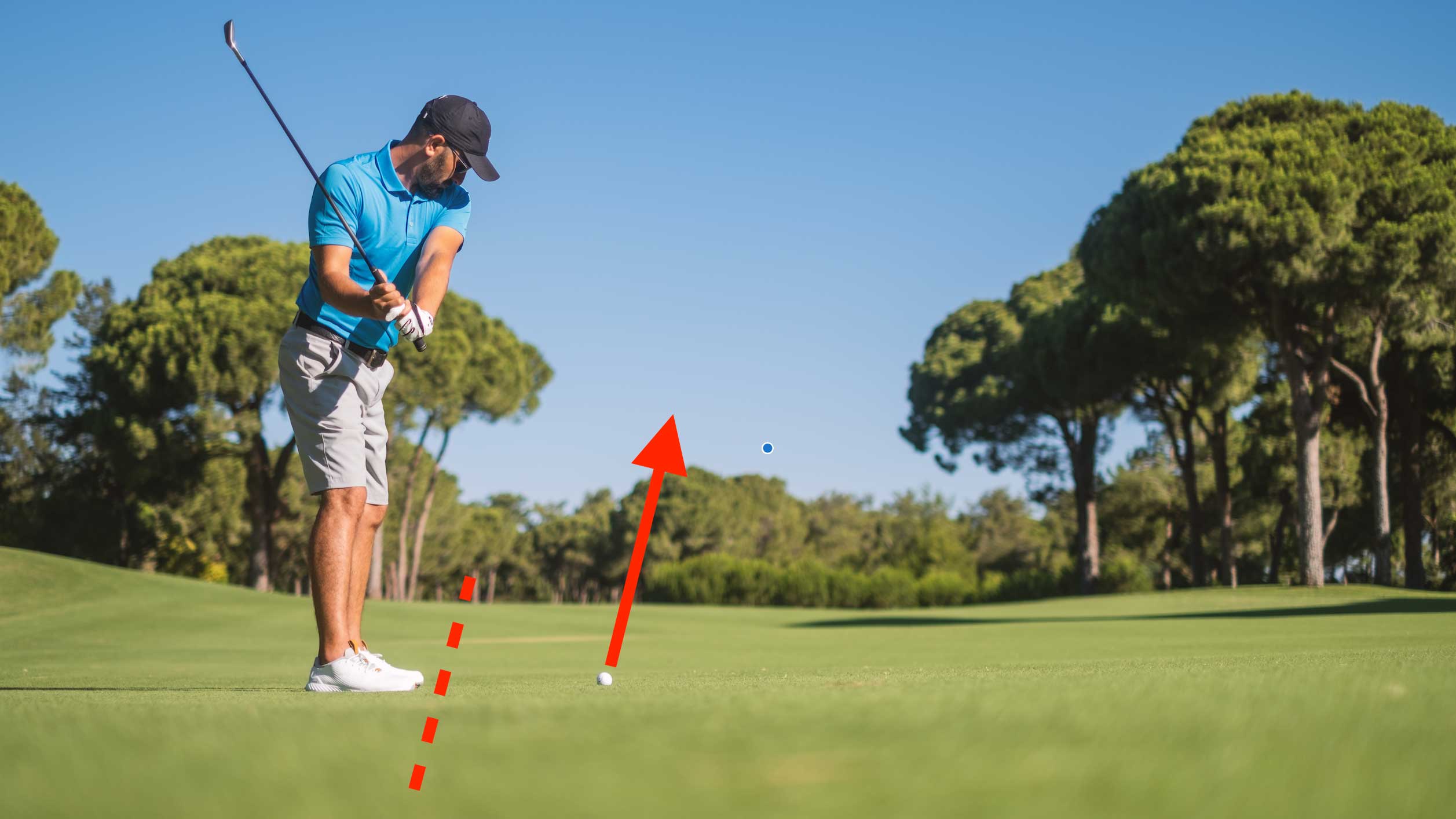My students frequently ask me how to aim better. Like most skills in golf, properly aiming and aligning is not a given skill but an earned one. Once you have a better understanding of how aiming works, you will be amazed how many more of your shots will go directly to your target. Here are 10 tips that will help you keep your shots on line.
1. Aim the face, align the body
The most common mistake and misunderstanding I see when it comes to aiming and aligning is golfers thinking their bodies should aim at the target. In most cases, this is incorrect. The clubface should aim to the target and the body should be parallel to the target and not pointing directly at it. For a right-handed golfer, that means your body lines will be left of the target.
2. Build your setup around the clubface
Aim your clubface toward the target as the first part of your setup routine and then build your setup around the clubface. In other words, focus on clubface position first and then body position.
3. Practice with a training device
Most top players use alignment aids when practicing. One of my favorites is the Alignment Ball because it is small and fits into my bag and has so many functions. You also can use it to aim your putter face.
Alignment Ball
4. Know your visual tendencies
I know when I’m aimed properly, my aim looks too far left to me. It has always been this way, and I assume it always will, because in most cases my eyes are not directly over the ball but parallel and effectively left of the target. You, too, can identify your own perspective when you’re aimed correctly. During a lesson or with an aim and alignment station, get set up so that you are perfectly aimed to the target. Once you know you are properly aimed and aligned, look to the target and ask yourself, “Relative to the target where does it look like I am aiming?” You should attempt to replicate this perspective on all of your shots.
5. Look at the target while you aim
Sounds obvious but it’s important to look to the target when you aim rather than being fixated on the ball. Some golfers may spend the entire setup process looking at the ball rather than glancing back and forth between the target and the ball, which is necessary to aim the clubface and align the body parts. Watch good golfers and you’ll see them they look at the target many times as they set up.
6. Much easier to aim when you have consistent ball curvature
While my students ask for aiming advice, I always start with making sure that they hit the ball relatively close to where they’re aimed. If there is an extreme ball curvature or miss, aiming is more difficult. Reasonable fundamentals and contact are an important part of being an effective aimer.
7. Stand behind your ball
Because you approach a shot from the side of the ball, aiming in golf can be more difficult relative to other sports. To help with this, stand behind the ball as a part of your set up routine, as you might in darts or bowling. This process will help you see the “true view” of where to aim, along with helping you to identify an intermediate target.
8. Practice swing then aim
I’ve always felt you should take your practice swing and then aim. I see many golfers try to aim first and then take their practice swing and often they get slightly turned one way or the other, which throws off their aim.
9. Use the line on your ball
There are two instances in which you can use the alignment line on your ball to help you to aim. On the green and on the tee, you can stand behind your ball and aim the line to your target. This will help you to set your clubface perpendicular to the target and your body lines parallel as you walk around to the side of the ball to set up.
10. One last look
There are many different setup routines, and they can be individualized to what works best for you. Once you complete your own setup routine, take one last look at your target. This allows you to double check your aim and alignment to the target while visualizing solid contact. Feeling visually connected to the target will help your confidence and lead to more on-target shots.
